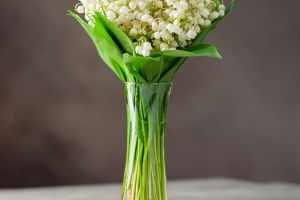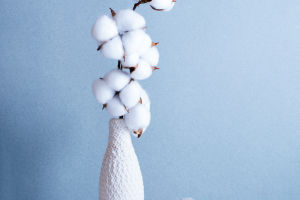When you see saffron listed as an ingredient, you might wonder, "What is saffron, and why is it so expensive?" This spice, often referred to as "red gold," holds the title of being the world's most expensive, with prices ranging from $10 to $20 per gram.
Saffron tastes subtly sweet and complex, and it's also a natural food dye. It gives classic dishes like bouillabaisse, risotto alla Milanese, and Spanish paella with brilliant golden color.
Here, Lykkers, discover the origins of this precious spice and learn how to distinguish genuine saffron from impostors.
What Is Saffron?
Saffron, thought to have originated in Bronze Age Greece, has been grown for millennia for its use as a spice, dye, and medicine. It comes from the stigmas of Crocus sativus, a flowering plant in the iris family with vivid purple petals, also known as "saffron crocus" or "autumn crocus."
Why Is Saffron So Expensive?
Saffron's high price tag boils down to its labor-intensive cultivation process. Each saffron flower produces merely three threads, meaning thousands of flowers are needed to produce just one ounce of saffron. These ultra-thin threads are incredibly fragile, demanding meticulous hand-harvesting in the early morning to shield them from sun damage.
Saffron also has an incredibly short harvest window. Crocus sativus, a fall-flowering plant, blooms for only two to three weeks each year. Depending on the location, saffron is typically harvested from late October to November.
How to Tell Real From Fake Saffron
Because of its notoriously high price tag, fake versions of saffron are common. To cut costs, some unscrupulous producers mix a small amount of genuine saffron with fillers such as safflower, a plant often cultivated for cooking oil, or corn silk threads dyed red with food coloring, and market the product as saffron.
So, how can you tell real saffron apart from the impostors?
Price: Authentic saffron comes with a hefty price tag due to its costly production process. Anticipate spending at least $10 for a single gram, and exercise caution if you come across significantly cheaper options.
Smell: Real saffron has a lovely floral scent with a hint of sweetness. Fake saffron, because of added ingredients, might start to smell metallic or like tobacco as time passes.
Color: Saffron threads are dark red, sometimes with a bit of yellow. Be wary if you see too much yellow or even white.
To test, place a pinch of saffron in very hot water. If it loses color quickly, with the threads turning white or the water immediately turning red, it’s likely not genuine. Real saffron takes three to five minutes—sometimes up to ten—to open up and dye the water yellow, while the threads themselves retain their red color.
Lykkers, we believe you have a certain understanding of saffron after reading this article. Next time let's explore how to cook it together!


